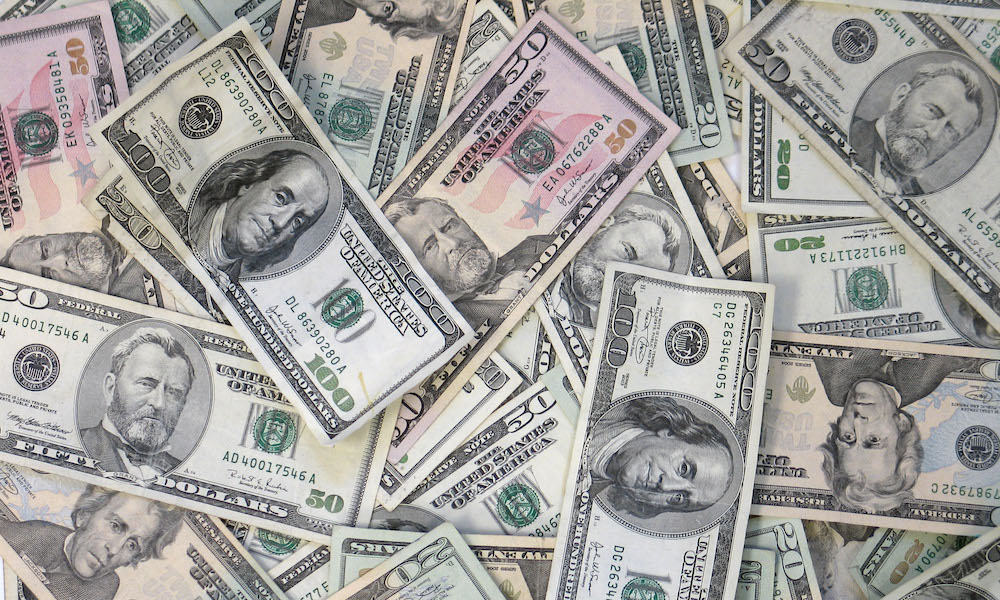
Economics
California Cities Are Banking on Cannabis Taxes, But How Much Is Too Much?
Oakland has raked in almost five times as much marijuana tax revenue as similarly sized cities because it taxes cannabis more than twice as heavily as others.
The most powerful person in California marijuana is not in the marijuana business. The decider is not the state’s marijuana czar or her boss, the governor, or even the U.S. attorney general.
With cannabis, all power is local. The person in charge is the mayor, the city council, or the county board of supervisors. Approval from the local government is required for any would-be cannabis merchant or mogul seeking a state license. It is the local government who calls the shots. Today, seven months into California’s era of legal and licensed recreational marijuana sales, two distinct lines of thinking have emerged among local governments.
The most popular approach of local governments toward cannabis has been to “ban it.” For example, on the county level, San Diego County has banned manufacturing and retail, Los Angeles County has banned cultivation and manufacturing and Alameda County has banned cultivation — while the Contra Costa, San Bernardino, Fresno, Merced, Ventura and Santa Barbara counties have banned all cannabis activity.
How long these local bans can continue is unclear. Bans have disrupted the cannabis market, put small-and-medium growers out of business and caused economic havoc in rural areas attractive to cannabis cultivation.
On the other hand, those cities that are choosing to allow cannabis activity are finding themselves awash with tax revenue — but a few are seeing negative consequences from too high cannabis taxes and choosing to pull back.
How Much Cannabis Tax Revenue California Cities Are Making
For local governments who haven’t banned cannabis activity, the attitude predominantly has been “tax the daylights out of it.” And so far, this has been a total positive for local governments. But for the cannabis industry — often viewed by legislators as little more than a cash cow — there have been some predictably and understandably unwelcome results.
All cannabis sales in the state are subject to state excise, sales and cultivation taxes. However, local governments may also elect to tax cannabis — and those that have allowed sales have generally also added their own tax burden.
As with everywhere else the experiment has been tried, legalization has not led to a spike in crime, youth use or traffic accidents. With this little cost have come great fiscal benefits.
As Leafly News recently found, those cities that chose to allow sales “will net hundreds of millions of dollars in combined local sales tax revenues this year.”
The roll call is impressive. San Diego has raked in $2.26 million, and is budgeting a total windfall for 2018 of nearly $6 million. Much-smaller Sacramento may rake in a similar figure. And Oakland is projecting “revenue of $11 million from cannabis taxes” alone this year.
But cities are discovering that while all that cash may be nice, it may also not be the best long-term strategy.
The Consequences of High Cannabis Taxes
Berkeley, next door to Oakland, started out the year by taxing recreational marijuana locally at 10 percent. Responding to the sticker shock and outrage from cannabis consumers — many of whom chose to register their disgust by patronizing the illicit market — Berkeley cut that tax rate in half.
And as the East Bay Express reported, Oakland — where “a business has to be doing exceedingly well just to survive” with such a tax burden — may follow suit.
Other cities, as the chart from Elevated Consulting above shows, aren’t quite learning by this example and are instead openly considering taxing cannabis at rates far more heavily than other retailers (who may enjoy wider margins, given that cannabis is at its core an agricultural commodity).
San Francisco legislators have proposed a 4 percent tax on cannabis businesses’ gross receipts. Retailers selling $200 handbags, $70 shirts or $5 cups of coffee would not pay this tax — only cannabis businesses. From a business-oriented, free-market point of view, this is how a city makes itself uncompetitive — this is how you kill an industry.
Compare that to the welcome wagon the city has offered other new industries (read: tech). The tax burden is also jeopardizing other lofty expectations laid upon the marijuana industry, such as “righting the wrongs of the drug war.”
“It’s as if they want to kill the equity program [intended to welcome businesspeople of color into the industry] in the cradle, invite super rich techies who can afford this burden, AND chase away the middle-class job producers over in non-retail,” Dominic Ripoli, an Oakland-based attorney and cannabis-industry consultant, recently wrote on Facebook.
Communities then really have three choices: ban it, tax it out of existence or find a middle ground, and a way to view the marijuana industry through something other than dollar-tinted glasses.
TELL US, do you think governments should add extra cannabis taxes?

























